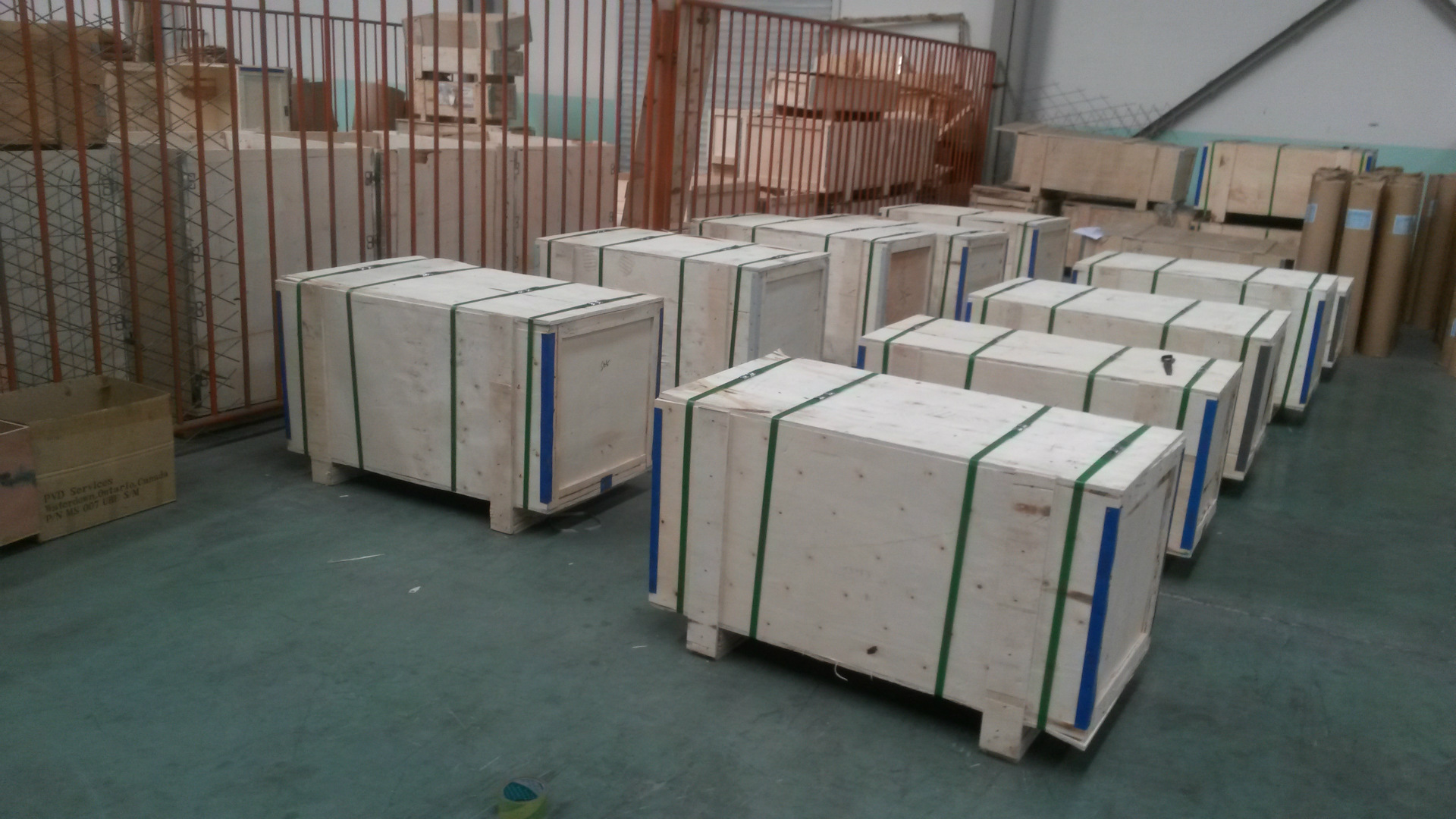cages for layers chickens
Nov . 11, 2024 18:46 Back to list
cages for layers chickens
Cages for Layer Chickens A Comprehensive Overview
In the poultry industry, the housing of laying hens is a critical aspect that directly impacts the health and productivity of these birds. Layer hens, which are specifically bred for egg production, require a suitable environment to thrive. One of the most common methods of housing these birds is through the use of cages. This article examines the various types of cages used for layer chickens, their benefits and drawbacks, and the ongoing debates surrounding their use.
Types of Cages for Layer Chickens
There are primarily three types of cages used for layer hens traditional battery cages, enriched cages, and free-range housing systems.
1. Traditional Battery Cages Battery cages are small enclosures that house multiple hens in confined spaces. Each bird has limited room to move, and these cages often do not allow hens to spread their wings or engage in natural behaviors. While this method maximizes production efficiency and minimizes costs, it has come under substantial criticism due to the welfare concerns associated with keeping birds in such tight conditions.
2. Enriched Cages To address welfare concerns, enriched cages have been developed. These cages are larger than traditional battery cages and provide additional space and features such as perches, nesting boxes, and scratching areas. Enriched cages allow hens to perform some natural behaviors that are crucial for their mental and physical health. However, while these cages improve conditions, they still do not offer the same freedom as free-range systems.
3. Free-Range Systems Free-range systems provide hens with access to outdoor areas where they can engage in natural behaviors such as foraging and dust bathing. While this method promotes better animal welfare and potentially enhances the quality of eggs produced, it requires significantly more space and entails higher management costs. As a result, free-range systems may not be as economically viable for all producers.
Benefits of Caged Systems
Caged systems, particularly traditional battery cages, have several advantages. They allow for efficient space utilization, making it possible to raise a large number of birds in a confined area. This efficiency can lead to lower feed costs and higher egg production rates. Additionally, caged systems make it easier to manage flocks and reduce the risk of disease transmission among birds.
cages for layers chickens

Enriched and battery cages also contribute to food safety by minimizing external contaminants and pests that could affect the health of the hens and the quality of the eggs.
Drawbacks of Caged Systems
Despite the economic advantages, caged systems are often criticized for their negative impacts on animal welfare. The confined spaces can lead to stress, aggression, and abnormal behaviors such as feather pecking and cannibalism. Public concern over these issues has led to increased scrutiny and regulatory changes regarding the use of battery cages in many countries.
As animal welfare becomes a more pressing issue, consumers are increasingly seeking out eggs produced in systems that offer better living conditions for hens. As a result, many producers are transitioning from traditional battery cages to enriched cages or free-range systems in response to market demands.
The Future of Caging Systems
The future of layer chicken housing is poised for significant transformation. As public awareness and concern about animal welfare grow, the poultry industry is likely to continue moving toward more humane housing options. This transition will require careful consideration of the economic implications for producers, the health and well-being of the hens, and consumer preferences.
Innovative housing solutions, technological advancements in animal husbandry, and research on the impact of different housing systems on bird welfare and productivity will play crucial roles in shaping the future. Ultimately, the goal must be to find a balance between efficient egg production and the ethical treatment of layer hens, aiming for a sustainable poultry industry that respects the welfare of the animals while meeting consumer needs.
In conclusion, the debate over cages for layer chickens is complex and multifaceted. Understanding the various systems available and their associated impacts on both productivity and animal welfare is essential in fostering a more responsible and ethical poultry industry. As our knowledge and values evolve, so too must our practices in how we care for the animals that contribute so significantly to our food systems.
-
Hot Sale 24 & 18 Door Rabbit Cages - Premium Breeding Solutions
NewsJul.25,2025
-
Automatic Feeding Line System Pan Feeder Nipple Drinker - Anping County Yize Metal Products Co., Ltd.
NewsJul.21,2025
-
Automatic Feeding Line System Pan Feeder Nipple Drinker - Anping County Yize Metal Products Co., Ltd.
NewsJul.21,2025
-
Automatic Feeding Line System - Anping Yize | Precision & Nipple
NewsJul.21,2025
-
Automatic Feeding Line System - Anping Yize | Precision & Nipple
NewsJul.21,2025
-
Automatic Feeding Line System-Anping County Yize Metal Products Co., Ltd.|Efficient Feed Distribution&Customized Animal Farming Solutions
NewsJul.21,2025






